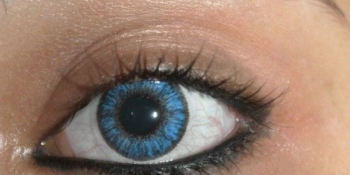
According to a recent report form the Centers for Disease Control (CDC), there are approximately 40.9 million adult wearers of contact lenses in the U.S.1 Numerous reports suggest that 16 to 31 percent of contact lens wearers discontinue contact lens wear and return to glasses.













































.png)


